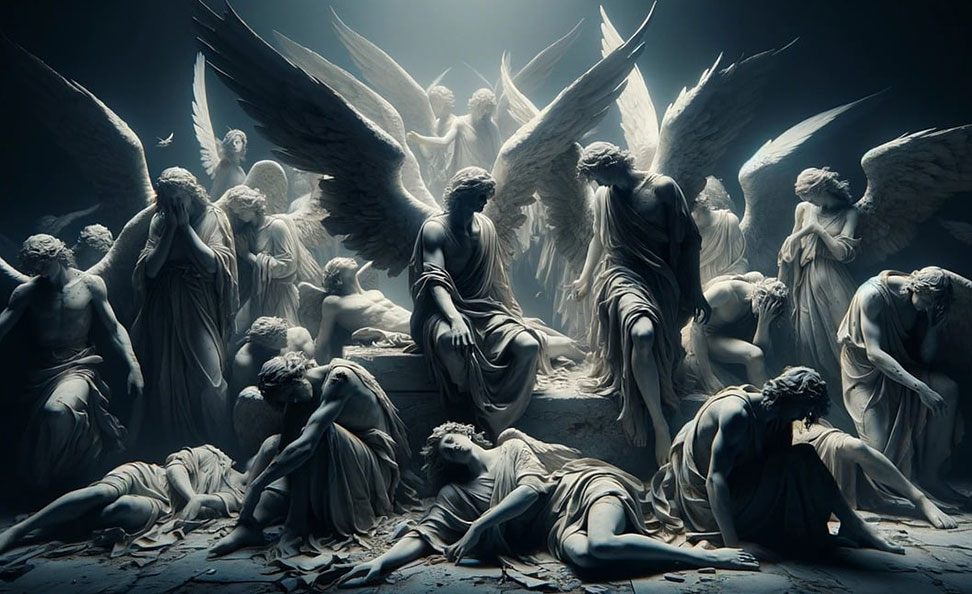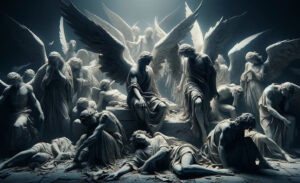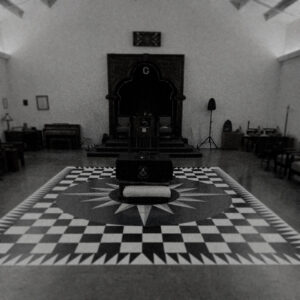The Garden of Eden is one of the most often mentioned accounts in the Hebrew Bible. Genesis, the first book of the Old Testament, describes God creating Adam and Eve in his image and settling them in a magnificent paradise known as the Garden of Eden. They could live in peace here, and God would be their constant guide and overseer. But what does this story teach us? Was it an actual place? And, if so, where exactly was it? This post will look at ten intriguing Garden of Eden locales.
The Schøyen Garden in Oslo, Norway
While it is incredibly lovely, and some people insist it is a modern-day Garden of Eden, you may be astonished to hear that the Schøyen Garden in Oslo, Norway is not, in fact, the original Garden of Eden.
The park, created by architect John Julius Schyen and finished in 1861, was where the Norwegische Constitution was signed. The garden is a rectangular park with moderate slopes and a central fountain.
The garden also has a variety of monuments, notably the 1961 Norwegian Constitution Monument. Regrettably, it is not and has never been the Garden of Eden.
Mount Ararat in Turkey
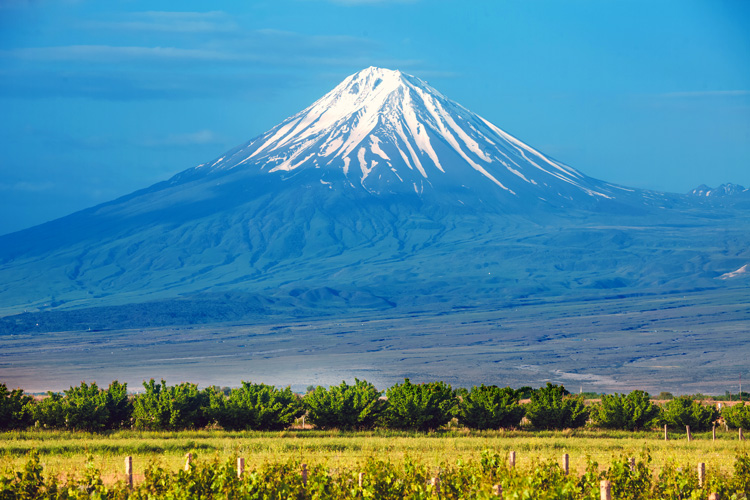
Mount Ararat is a mountain located on the Turkish-Armenian border. According to the Bible, the mountain was the site of the Garden of Eden. Mount Ararat has a fascinating history. The Urartians, an ancient people who spoke a language remarkably close to contemporary Armenian, lived in the region early in the first millennium BC. The Urartians were renowned for their beautiful artwork and cutting-edge architecture. The inhabitants erected temples, lived in vast cities, and traded with Mesopotamia.
Mount Ararat is especially fascinating since it is the only peak on the planet where snow and rain may reach the summit.
While Mount Ararat is not a place where you can go and live as if you’re in the Garden of Eden, it’s intriguing to picture what it’s like to live in a place that is surrounded by snow and rain at the same time!
The Tema Plateau in Ghana - Garden of Eden
The Garden of Eden was situated on the Tema Plateau in Ghana. This is one of the most intriguing sites on this list because there is no archaeological proof that it ever existed. It’s merely a narrative that has been passed down for thousands of years. In Ghana, the tale goes as follows: Humans required a place to reside after God created them. As a result, he placed them in a lovely paradise known as the Garden of Eden.
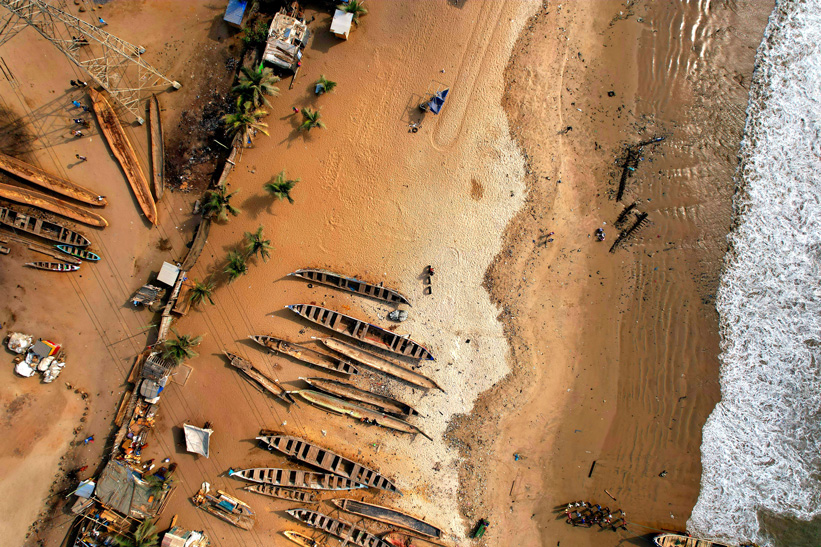
The residents, on the other hand, were dissatisfied with living in the garden. So they begged God to let them leave the garden. God punished them by causing them to grow old and die.
Many people consider the Tema Plateau to be the Garden of Eden. However, there is no archaeological evidence to prove that it is real.
The Old City of Jerusalem - A Likely Garden of Eden
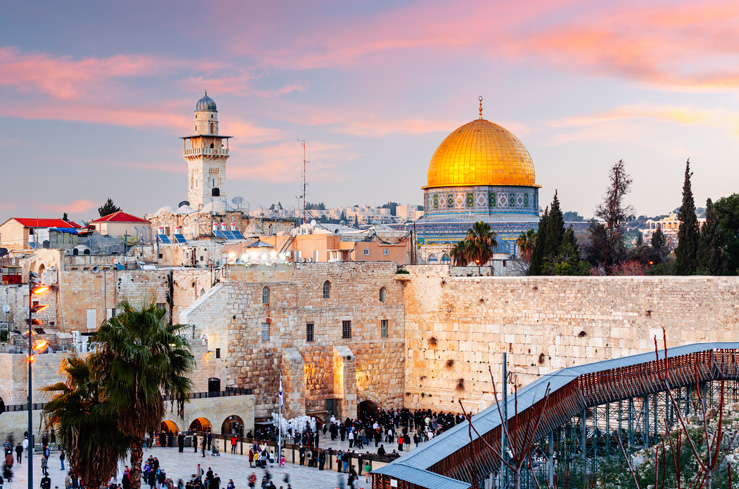
The Old City of Jerusalem is one of the most popular places for believers looking for the Garden of Eden. The Bible says that after Adam and Eve were expelled from the Garden of Eden, Cain built a city in the area and it became the city of the same name. The Old City of Jerusalem is home to many important sites in history, including the Western Wall, the Church of the Holy Sepulchre, and the Dome of the Rock. The site that’s often referred to as the Garden of Eden is an island in the middle of the River Jordan.
The most popular story about this place is that this island is the place where Adam and Eve once stood.
Atlantis and Lemuria
Atlantis and Lemuria are often mentioned as real places in the stories about the Garden of Eden. They’re mentioned in the Bible as well, but they’re not mentioned as places that people lived in. In Plato’s story, Atlantis was a wealthy and powerful civilization that existed on the ocean. There are many possible locations that this civilization could have been located, but most people agree that it was in the Atlantic Ocean.
Lemuria was a landmass that was destroyed in the depths of the ocean millions of years ago during a massive global flood. Many people believe that Atlantis and Lemuria are real places, but there’s no archaeological evidence to support this.
Sheba and Dedan - Biblical Kings and a Similar Story to the Garden of Eden
Sheba and Dedan are two places that are sometimes mentioned as real places in the stories about the Garden of Eden. Sheba and Dedan were two great kings that ruled different parts of Africa and Asia. Many people believe that Sheba and Dedan were located in real places each bearing their names, but there’s no archaeological evidence to suggest that they were real places. The story, however, is quite similar to the story of the Garden of Eden.
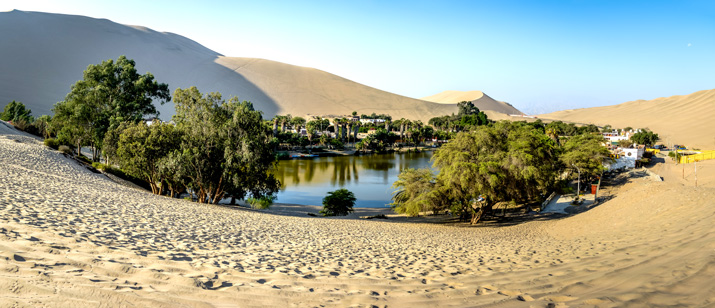
According to the story, God created the Garden of Eden, but after the people were expelled, they built shrines and lived in the shadows of the garden. The Bible story is similar to the story of Sheba and Dedan in many ways.
Conclusion
The legends regarding the Garden of Eden are interesting. They’re suspenseful and keep you on the edge of your seat from page to page. Some of these places are entirely real and backed up by archaeological data. Others, on the other hand, are just stories that have been passed down for thousands of years.
Whatever the locales, they have all captured the imaginations of humans for thousands of years and will continue to do so for thousands more.



